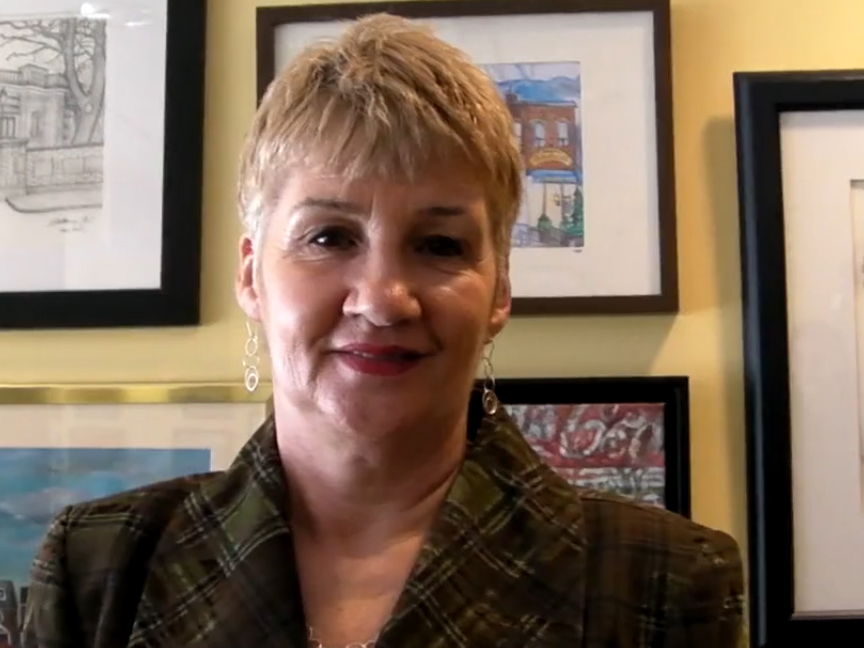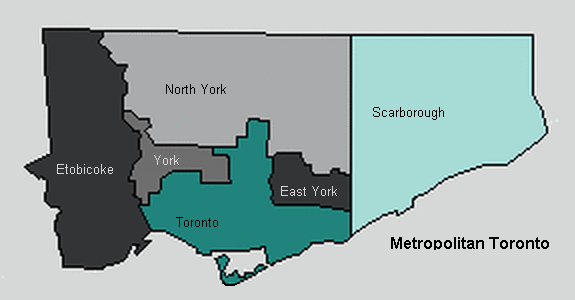Toronto City Councilor demands mega city break-up
In 1998, Toronto Provincial Government made the regulation that bound six cities in one -- the Toronto "mega city: was born. This amalgamation decision was officially taken in order to reduce costs, in hopes of make the city economy more prosperous. It faced much opposition that time, and now the opposition is mounting again with a stronger messages to undo the ties. In 1998, then premier Mike Harris pushed through the decision to fuse the six cities: Toronto, York, East York, North York, Etobicoke, and Scarborough into one city: Toronto. Despite the vast majority of residents being opposed to the move, the Provincial Government allowed this regulation to be applied. Now 14 years have gone by, but the resentments to this decision still linger. Councillor Paula Fletcher from Toronto-Danforth, recently spoke her concern, urging the next provincial government to undo the ties. According to Ms. Fletcher, the current budget debate is an undeniable sign that this model is not benefiting the citizens. “Each city has its own values. The people knew exactly what we liked and needed. Back then, we already had Metro council which provided all services for the city, we don’t need the amalgamation,” said Ms. Fletcher. “Our system worked very well. Now, we have these debates at any city council just about everything.” Ms. Fletcher made her statement confidently, as the 2012 budget deficit in the city ranging from $500 million to $774million. Causing intense debates between the old city of Toronto councilors who are determined to preserve services, against suburban councilors who are in favor of cutting the budget. To make her case even stronger, Ms. Fletcher points to the legislation in Ontario that allows municipalities in the province to propose amalgamation. “Enough said, this is not working. This is the right time for Toronto to look at different models, the effective ones.” Responding to this, Mayor Rob Ford said he has to study the cost implications first. After that, he said he will begin considering whether he will ask the next government to apply for de-amalgamation. “We need to study the implications first. It may be a huge cost to do that. But if it didn’t cost us a dime, everybody would definitely support this proposal.” Meanwhile, the Provincial Government doesn’t support the idea. The reason for that may relate to the fact that there will be a provincial election in the next two weeks. “That is not in our plans. We are committed to continue delivering on the municipal services as planned,” Brad Duguid, Energy Minister, stated. The idea was also shrugged off by Progressive Conservative leader Tim Hudak, while NDP reacted with a more neutral statement. “There is no simple yes or no answer to this. We have to looked at the issue in the appropriate context,” said Andrea Horwath, NDP leader. That is because Hudak and Horwarth are as much tied to the corruption of the new "mega city" as is the current provincial Liberal government.
Metro Toronto had been a model for city government across the world, and Toronto's quality-of-life under the metropolitan structure affirmed its forward-thinking context. Now, the "mega city" over concentrates Toronto's power into the financially rich hands of the few, who often don't seem to give a damn about the city's descent into social malaise and alienation.
Comments
There are 0 comments on this post














